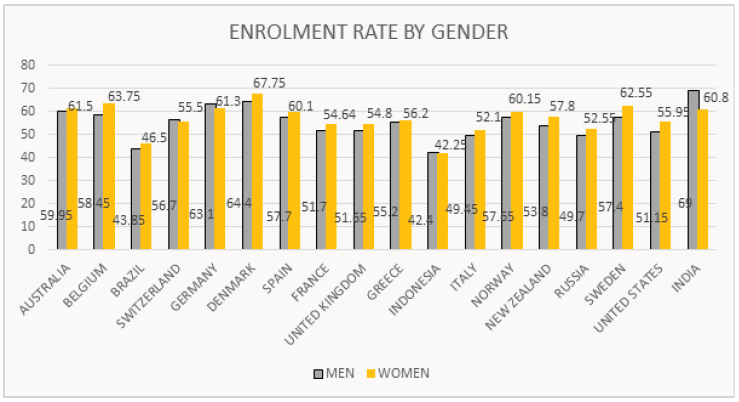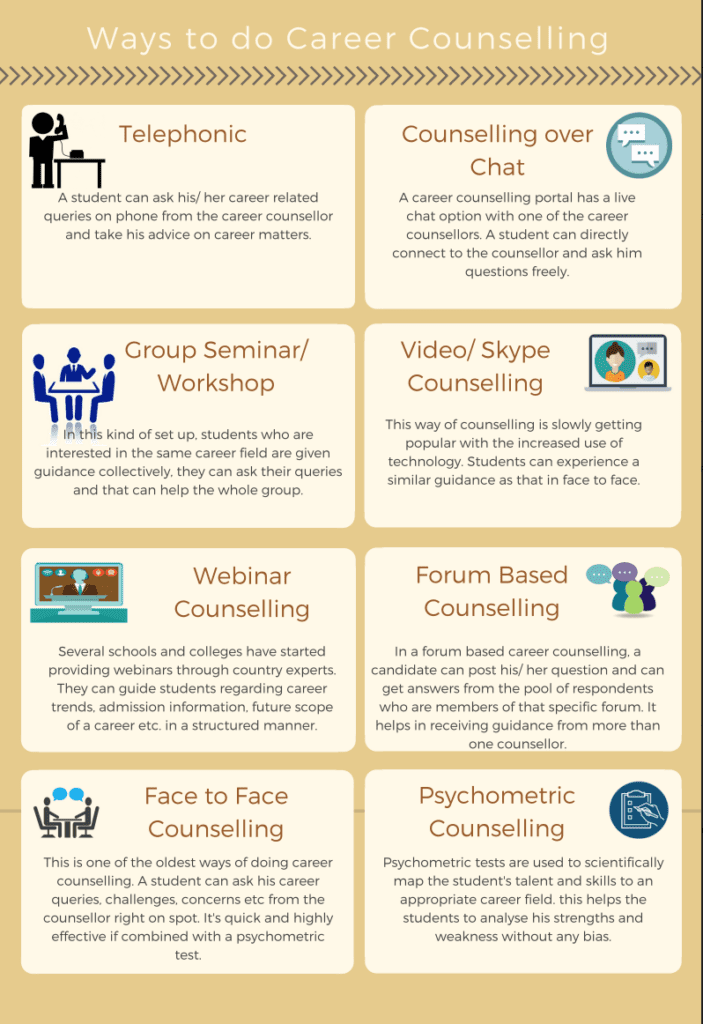Education access to girls and gender disparity has always remained a big concern for several educationists. In fact, certain troubling nations consider providing education to the girl child as a sin and against their religion.
Amidst such situations, it becomes paramount that career counselling is provided to not only the children but also to their parents, teachers and the people involved in making rules for society.
A career is generally considered as a second preference for women and this also defines the disparity since men are traditionally expected to pursue their career strongly and provide for their families.
According to UNICEF, globally there are more than 121 million students who are out of school and out of them, 54% are girls. The situation is quite grave in sub- Saharan African countries which have more than 80% of the girls from the above-mentioned statistic.

Whilst the whole world is taking measures to improve gender parity, there are some countries such as Mongolia, Lesotho, Nicaragua, Philippines, Namibia, Trinidad and Tobago and Guyana where disparity actually favours women.
From the Enrolment Rate of men and women of age 15- 29 in 17 noted countries, it is clearly visible that there is no or very little gender discrimination in education. In most countries, the enrolment rate of women is more compared to men but the difference is not much.

Germany, Switzerland, Indonesia, and India are the countries where the male enrolment rate is more compared to female. The difference in the enrolment rate of male and female in Germany, Switzerland, and Indonesia is marginal and can be neglected.
But in India the difference is 8.2%, which is due to gender disparity in the country, however, it can be a soothing fact to observe that the difference is becoming narrower year after year indicating increased awareness towards girls’ education.














